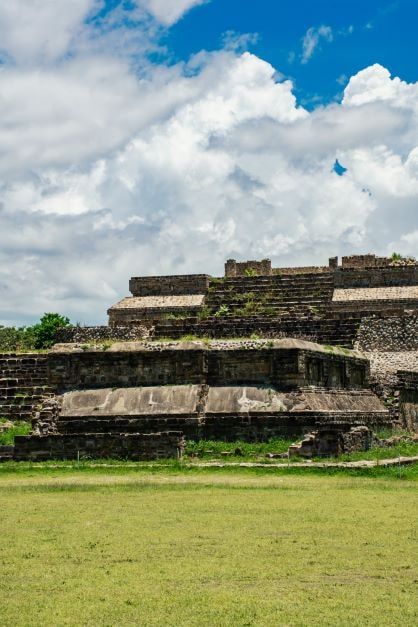Lime kilns, essential for the construction of Monte Albán
Lime ovens complete the construction map used by the Zapotecs. The finding reveals that primarily local materials were used. The product was made by artisans who had the necessary knowledge to handle fire. This is the first time that these objects have been found in the Zapotec region.





